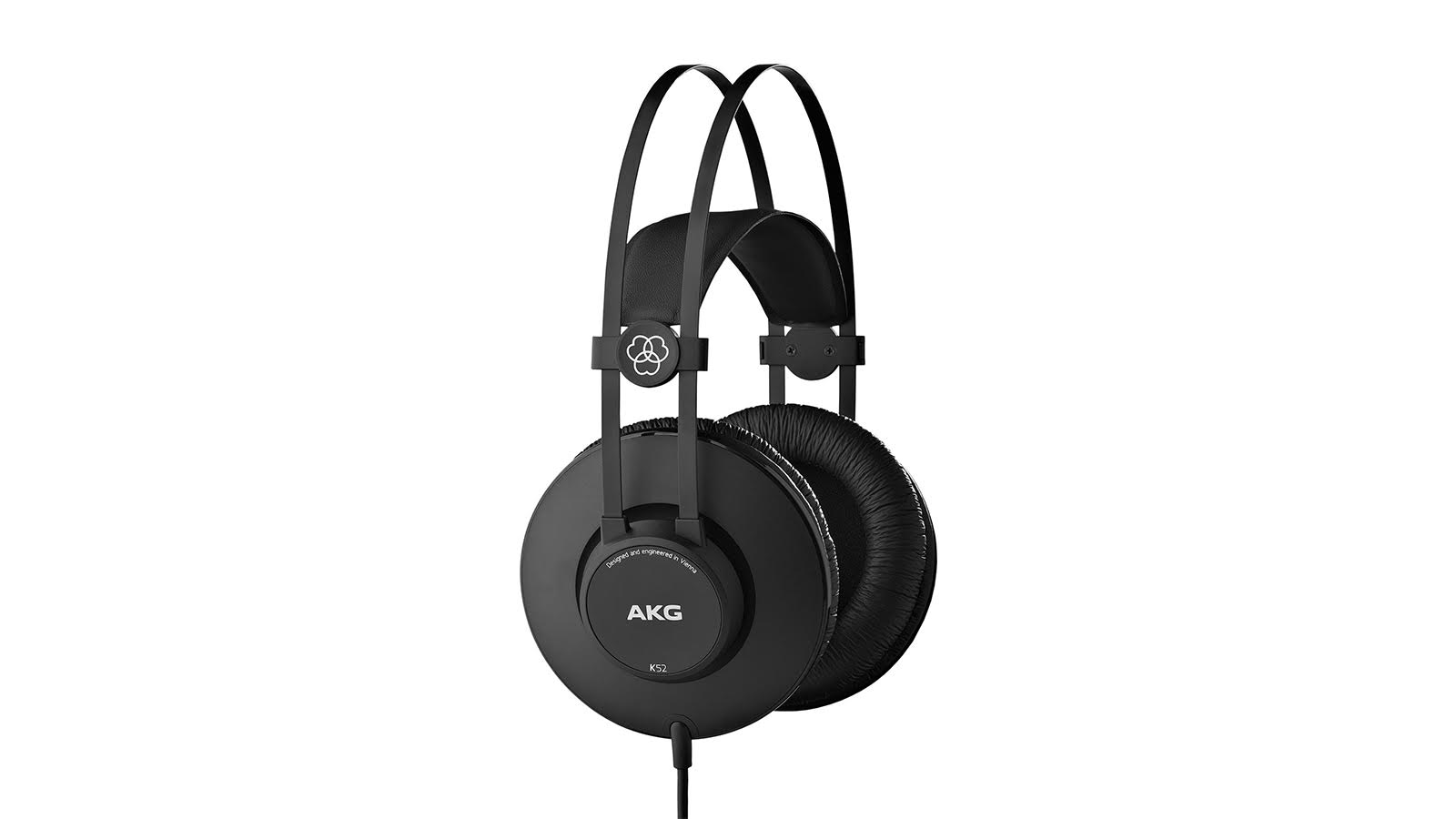MusicRadar Verdict
Deceptively rugged all-rounders delivering much bang for buck, the Sennheiser HD-206’s represent a brilliant solution for budget-conscious studio scenarios.
Pros
- +
Incredible value
- +
Lightweight and comfortable
- +
Great sound for the price
Cons
- -
A little cheap-feeling
- -
Cord may be too long in some circumstances
MusicRadar's got your back
What is it?
An affordable, entry-level over-ear, closed-back headphone, Sennheiser’s HD-206 replaced the long-serving HD-201 model in 2017. Here at MusicRadar we have an enduring relationship with the 201 that began with an emergency trip to a high-street retailer to pick up a cheap pair of cans to use in a hastily-arranged recording session on the road, and ended up with us being blown away with how great they sounded for the money.
As a result, several pairs of 201 studio headphones still grace our studio walls, having been our day-to-day weapons of choice for multiple studio-related tasks over the years, from recording vocals and guitar and playing electronic drums to DAW-based programming and mixing.
Physically, there’s zero difference between the HD-206 and the HD-201 that preceded it. The design is unchanged, with the same black and silver colour scheme, identical running track-shaped ear cups that fully enclose the ear, generously adorned with that familiar, soft leatherette padding. There’s the same extensive vertical adjustment and small degree of lateral swivel in the ear cups to ensure a comfortable fit for all head shapes. The headband tension is just as well-judged, delivering a firm enough seal around the ear without being so strong that the ear cups feel overly clamped to the sides of your head. The same non-detachable, twin-core cable still splits at a point below your chin to feed each ear.
In fact, if it weren’t for the model designation printed on the sides, you wouldn’t be able to tell the two models apart based on looks alone. On paper too, the specs are also identical, so what exactly has changed?
- More of the best studio headphones under $200/£200
- Our pick of the best Sennheiser headphones for recording
Performance and verdict


Since the two models are so physically alike, any difference there might be will be all about the sound, and when you put the 206’s on, it is indeed a different story.
The 206’s make the 201’s seem rather boxy-sounding by comparison, highlighting the earlier model’s not-so-prominent bottom end and over-emphasised upper mids, both of which shortcomings the 206 looks to address. For a start, the bass response has been tweaked, with everything sounding a lot punchier and more present in the 100-200Hz range. The upper-mid region seems to have been tamed, and appears creamier and not as brash-sounding as the 201’s. The stereo soundstage is nice and wide, and there’s plenty of detail present throughout the frequency range.
The cable length has remained at 3m, which some might argue is overlong. While it’s true that it has a penchant for becoming tangled, the extra length can be a bonus when tracking with guitars or an electronic drum set, for example. With long cables, you either love them or hate them - in the studio they’re pretty useful, giving you room to move around with your instrument without unplugging, but if you use headphones a lot while out and about, you may find the length a bit awkward and annoying.
Want all the hottest music and gear news, reviews, deals, features and more, direct to your inbox? Sign up here.

Sony MDR ZX110
AKG K52
Audio-Technica ATH-AVC200
Due to this, we probably wouldn’t make the 206 our first choice for simply listening to music on the go. Although they’re perfectly adequate for this, there are better solutions out there specifically designed for this purpose, with shorter, less cumbersome cables, foldable designs and a more ‘smiley curve’ response tailored for general mobile listening.
Do they make good studio headphones, however? Well yes, for the money you can afford to have multiple pairs just lying around waiting to be plugged in and abused by visiting artists. The closed-back design keeps out unwanted outside noise whilst simultaneously reducing the likelihood of spill, and the lightweight construction and comfortable padding lets you wear them for long periods without ear fatigue. For tracking purposes, the sound is clear and well-rounded enough to suit, and even with that tweaked bass response, these cans are flat enough to make them suitable for general programming and mixing duties.
The sound quality is never going to win any awards, then, and nor should it be expected to at this price point, but the HD-206 does represent a marked improvement over its predecessor. Adaptable, capable and just plain handy to have around, the 206 maintains the 201’s well-proven trade-off between versatility and value. What it may lack in forward-thinking design and quality of materials it more than makes up for in the areas it was designed and built for - delivering decent sound for minimum outlay.
Hands-on demos
Zander Round
Thomas Rex
Ronald Ivanciu
Specifications
Price: $49.99/£24.99
Colour: Black/silver
Frequency Response: 21 - 18000 Hz
Sound Pressure Level (SPL): 108 dB
Total Harmonic Distortion: <0,7 %
Ear Coupling: Circumaural (Over ear)
Jack Plug: 3,5/6,3 mm stereo
Cable Length: 3m
Transducer Principle: Dynamic, Closed
Weight: 215 g (165g w/o cable)
Nominal Impedance: 24 Ω
Dave has been making music with computers since 1988 and his engineering, programming and keyboard-playing has featured on recordings by artists including George Michael, Kylie and Gary Barlow. A music technology writer since 2007, he’s Computer Music’s long-serving songwriting and music theory columnist, iCreate magazine’s resident Logic Pro expert and a regular contributor to MusicRadar and Attack Magazine. He also lectures on synthesis at Leeds Conservatoire of Music and is the author of Avid Pro Tools Basics.

